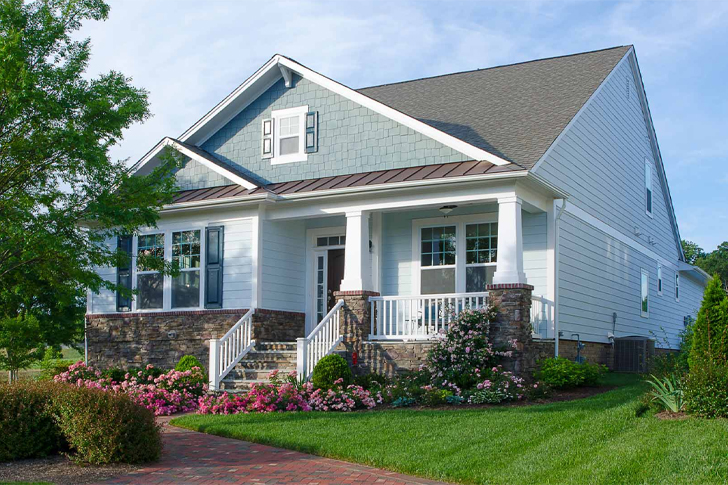Budget-Friendly Senior Living Apartments
Finding an economical senior living apartment can be a challenge, but with the right approach and knowledge, it is entirely feasible. Senior living apartments offer various amenities and services tailored to the needs of older adults, providing a balance of independence and assistance. This guide will help you navigate the options and find a cost-effective solution that suits your needs or those of your loved one.

Understanding Senior Living Apartments
Senior living apartments are residential communities designed for older adults who can manage their daily needs independently but enjoy access to assistance and amenities like housekeeping, meals, and social activities. These facilities differ from nursing homes, which provide more comprehensive medical and personal care services.
Strategies for Finding Economical Options
1. Define Your Needs
Determine what level of care and what types of amenities are necessary. Some seniors may only need minimal assistance, which can reduce the cost compared to a full-service facility that offers extensive amenities and services.
2. Location Matters
Costs can vary significantly based on geographic location. Generally, senior living facilities in urban centers tend to be more expensive than those in suburban or rural areas. Also, some states have lower costs due to different economic factors.
3. Explore Different Housing Models
There are various types of senior housing models, including independent living communities, assisted living, and affordable housing options that are subsidized by government programs. Each comes with different cost structures and services.
4. Look for Subsidized Housing
Many government programs offer subsidized housing options for seniors with limited income. Programs such as Section 202 Supportive Housing for the Elderly provide rental assistance for seniors who meet certain income criteria, making these options more economical.
5. Consider Cost-Sharing Arrangements
Some seniors opt to live with roommates to share the cost of housing. This can significantly reduce individual expenses and provide social benefits, contributing to a healthier lifestyle.
6. Check for Discounts and Incentives
Some communities offer incentives like a reduced rent for the first few months or waived move-in fees. Always ask about promotions or discounts that could make the move more affordable.
7. Assess Total Living Costs
When comparing options, consider the total living costs, not just the rent. Some apartments might offer a higher rent but include utilities, meals, and transportation, which could be more cost-effective in the long run.
8. Utilize Senior Housing Advisors
Senior housing advisors are professionals who help individuals and families find housing that fits their budget and needs. Many advisors do not charge the client for their services, as they are compensated by the apartment communities.
9. Negotiate
Don’t hesitate to negotiate the terms of the lease or services provided. Especially in private pay communities, there might be room to negotiate the monthly cost or the services included in the package.
10. Stay Flexible
Being flexible with your move-in timeline or location can open up more economical options. Sometimes the best deals come to those who are not in a rush and can wait for the right opportunity.
Conclusion
Finding an economical senior living apartment requires research, patience, and a clear understanding of the needed services and amenities. By exploring various options and utilizing available resources, seniors can find a comfortable and affordable living arrangement that meets their needs.







Recent Comments